Photo

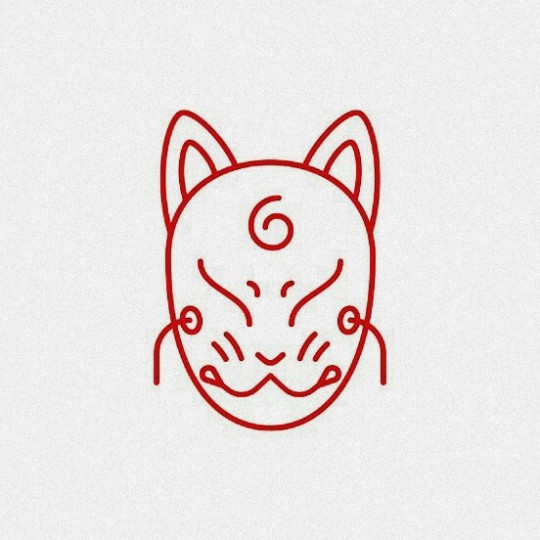
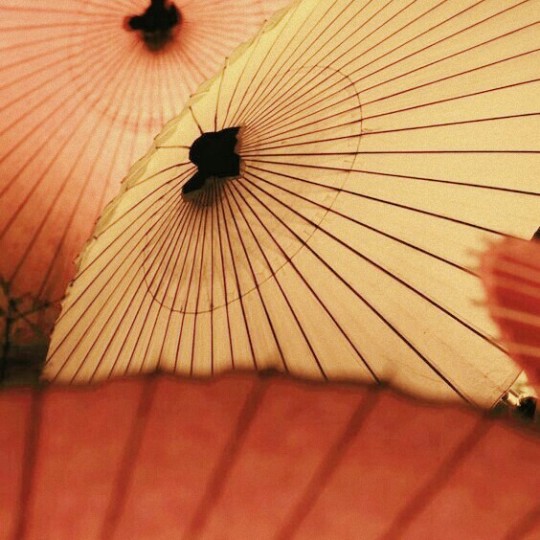



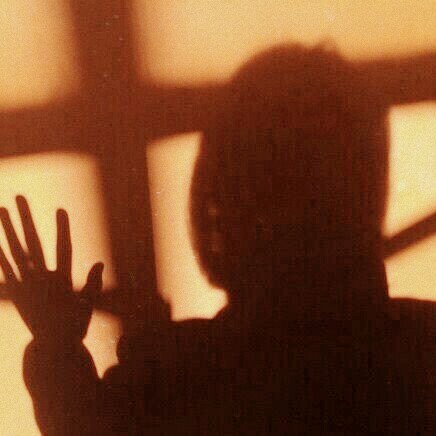


K I T S U N E
Foxes and humans lived close together in ancient Japan; this companionship gave rise to legends about the creatures. Kitsune have become closely associated with Inari, a Shinto kami or spirit, and serve as its messengers. This role has reinforced the fox's supernatural significance. The more tails a kitsune has—they may have as many as nine—the older, wiser, and more powerful it is. Because of their potential power and influence, some people make sacrifices to them as to a deity.
1K notes
·
View notes
Photo

Bagala
Also Bagalamukhi, Kalyani.
One of the mahavidyas, the eighth supreme goddess of knowledge, Bagalamukhi sits clad all in yellow in a golden throne in the midst of an ocean in an altar. She pulls the tongue of a demon by her left hand, while raising the right hand to strike him with a club.
54 notes
·
View notes
Text
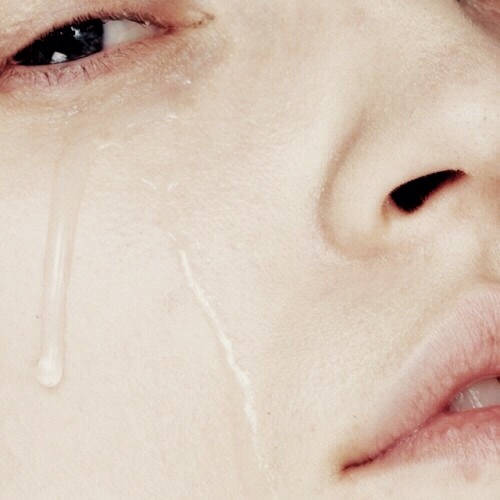



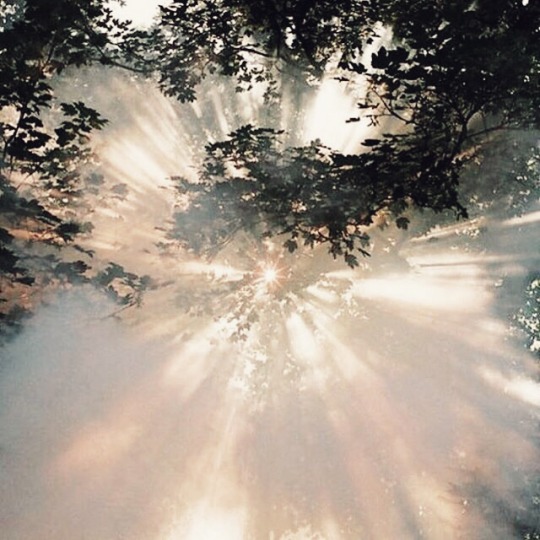
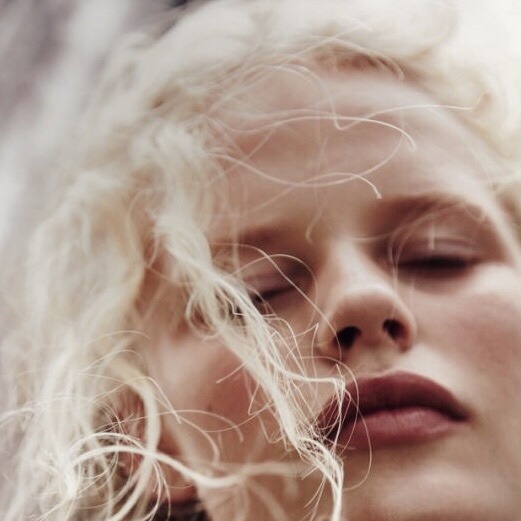
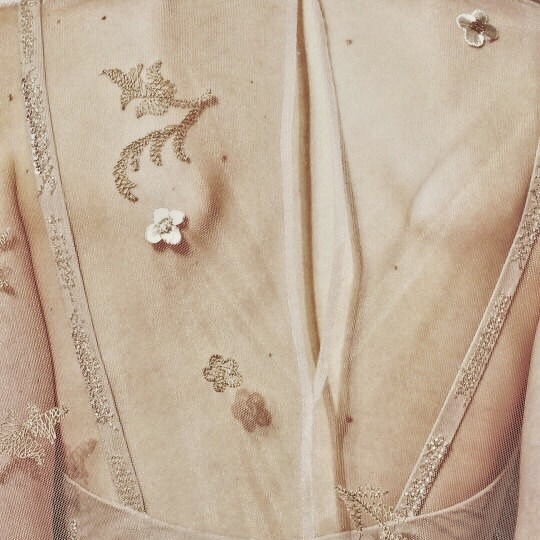
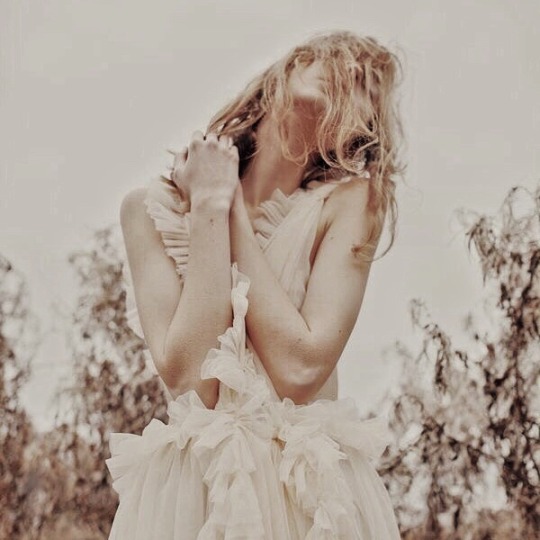
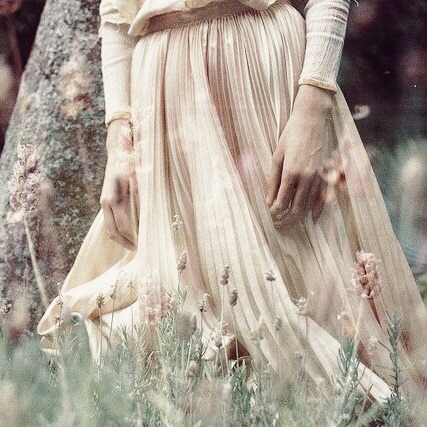
Slavic mythology from A to Z:
[D] - Dennitsa (Денница) is the image of the morning star. Mother, daughter or sister of the Sun, beloved of the Moon to which the Sun is jealous.
2K notes
·
View notes
Text
So you want to read… Canadian Mythology
Where do I start?
Canadian mythology typically refers to the mythology and legends of the indigenous folklore and mythology of Canada, often accompanied by later French and English Canadian traditions. Of these, the legends of a few particular groups and tribes remain more explored by outsiders and easier to access for the beginner: in particular Kwakiutl, Cree, and Inuit mythology and religion.
A great collection of British Columbian folklore is archived by the British Columbia Folklore Society on their website. For a dated but more complete introduction to a specific tradition, try this collection of Inuit mythology available from sacred-texts (warning for racist language).
Translations, Editions, and other Originals
Good collections of Canadian mythology and folklore include Edith Fowke’s Folklore of Canada, Ella Clark’s Indian Legends of Canada, Whittaker and Wallas’ Kwakiutl Legends, Norman Howard’s Northern Tales, and Evelyn Wolfson’s Inuit Mythology. A note– I’ve included several older collections which will be easier to get a hold of, but do read these with the consideration that they are for the most part collected from a significant colonialist perspective.
Inuit Art Zone has a great range of reading and art from Inuit mythology.
This article covers modern lake monsters and similar cryptids in Canada, which is a great starting point for recent Canadian folklore and myth. A wider collection of Canadian urban legends and similar stories are available on American Folklore.
Theory and Analysis
To learn about modern indigenous mythological traditions, try McKenzie’s Before the Country.
Those interested in geomythology would probably enjoy Meyer’s Fossil Legends of the First Americans, which covers a number of Canadian myths and legends.
An interesting (but quite racist) look at Kwakiutl mythology can be found in Locher’s The Serpent in Kwakiutl Religion. A somewhat less openly colonialist view could be read in the 1975 article The Mouth of Heaven.
Good background on the influence on the French tradition on this would be Parent and Olivier’s Of Kings and Fools.
For an artistic context on many of these traditions, Jonaitis’ From the Land of the Totem Poles covers a range of indigenous Canadian art on display in the American Museum of Natural History.
Modern Interpretations
The 1914 silent film In the Land of the Headhunters was the first feature-length film with an entirely Native American cast, and focuses on the lifestyle of the Kwakwaka'wakw people, including their mythological tradition and religious life. The Nunavut Animation Lab also has some gorgeous shorts rooted in Inuit mythology, and I would hugely recommend the darker full-length Skin for Skin.
Chris D’Lacey’s The Last Dragon Chronicles feature a range of Inuit myths and legendary figures. Stories inspired by Canadian mythology from indigenous Canadian authors include Joseph Boyden’s Wenjack, Edith Robinson’s Monkey Beach, Tomson Highway’s Kiss of the Fur Queen, Lee Maracle’s Celia’s Song, and Thomas King’s Green Grass, Running Water.
36 notes
·
View notes
Text
So you want to read… Canadian Mythology
Where do I start?
Canadian mythology typically refers to the mythology and legends of the indigenous folklore and mythology of Canada, often accompanied by later French and English Canadian traditions. Of these, the legends of a few particular groups and tribes remain more explored by outsiders and easier to access for the beginner: in particular Kwakiutl, Cree, and Inuit mythology and religion.
A great collection of British Columbian folklore is archived by the British Columbia Folklore Society on their website. For a dated but more complete introduction to a specific tradition, try this collection of Inuit mythology available from sacred-texts (warning for racist language).
Translations, Editions, and other Originals
Good collections of Canadian mythology and folklore include Edith Fowke’s Folklore of Canada, Ella Clark’s Indian Legends of Canada, Whittaker and Wallas’ Kwakiutl Legends, Norman Howard’s Northern Tales, and Evelyn Wolfson’s Inuit Mythology. A note-- I’ve included several older collections which will be easier to get a hold of, but do read these with the consideration that they are for the most part collected from a significant colonialist perspective.
Inuit Art Zone has a great range of reading and art from Inuit mythology.
This article covers modern lake monsters and similar cryptids in Canada, which is a great starting point for recent Canadian folklore and myth. A wider collection of Canadian urban legends and similar stories are available on American Folklore.
Theory and Analysis
To learn about modern indigenous mythological traditions, try McKenzie’s Before the Country.
Those interested in geomythology would probably enjoy Meyer’s Fossil Legends of the First Americans, which covers a number of Canadian myths and legends.
An interesting (but quite racist) look at Kwakiutl mythology can be found in Locher’s The Serpent in Kwakiutl Religion. A somewhat less openly colonialist view could be read in the 1975 article The Mouth of Heaven.
Good background on the influence on the French tradition on this would be Parent and Olivier’s Of Kings and Fools.
For an artistic context on many of these traditions, Jonaitis’ From the Land of the Totem Poles covers a range of indigenous Canadian art on display in the American Museum of Natural History.
Modern Interpretations
The 1914 silent film In the Land of the Headhunters was the first feature-length film with an entirely Native American cast, and focuses on the lifestyle of the Kwakwaka'wakw people, including their mythological tradition and religious life. The Nunavut Animation Lab also has some gorgeous shorts rooted in Inuit mythology, and I would hugely recommend the darker full-length Skin for Skin.
Chris D’Lacey’s The Last Dragon Chronicles feature a range of Inuit myths and legendary figures. Stories inspired by Canadian mythology from indigenous Canadian authors include Joseph Boyden’s Wenjack, Edith Robinson’s Monkey Beach, Tomson Highway’s Kiss of the Fur Queen, Lee Maracle’s Celia’s Song, and Thomas King’s Green Grass, Running Water.
#canada#canadian mythology#north america#first nations#First Nations Mythology#inuit#inuit mythology#kwakiutl#kwakiutl mythology#cree#cree mythology#q#reading#reading lists#reading list
36 notes
·
View notes
Photo






Mythology Around the World: Common Themes:
Earth Goddesses
1K notes
·
View notes
Photo




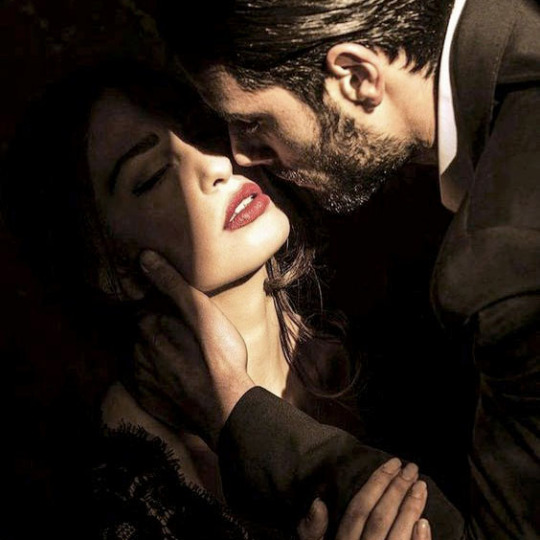

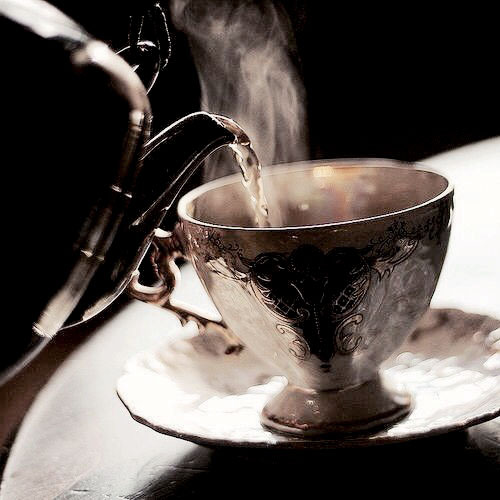
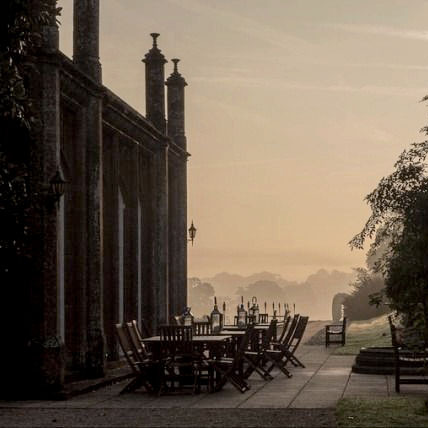
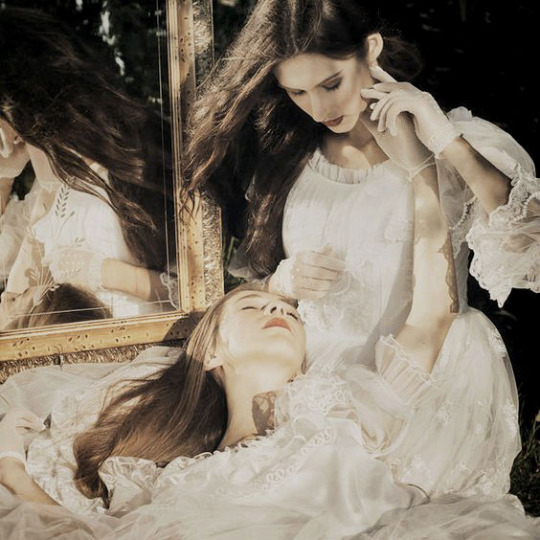
moodboard: lofn
↦ Lofn is the norse goddess of forbidden loves - any romantic love that is forbidden or frowned upon by family, clan, or society. Her name means “permission”, and she can be invoked to get rid of shame around one’s forbidden desires. She also facilitates lovers in coming together, and protects them from the wrath of others. While she may not change the minds of the disapproving, she helps star-crossed lovers find a way to be together safely and create their own hearth where the vision is more tolerant.
4K notes
·
View notes
Photo
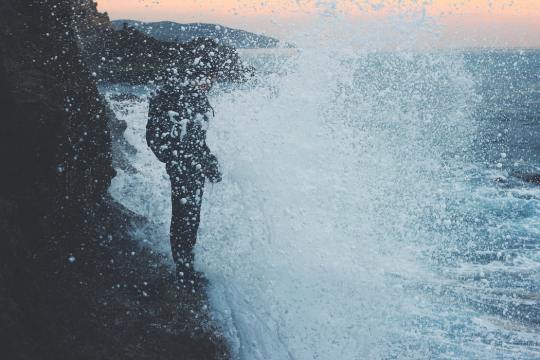
Sucellos
A Gaulish name meaning ‘good striker’, Sucellus (or Sucellos) is a little-known god often equated with the Irish Dagda or the Roman Silvanus. Both of these gods are known for the raising of their loved ones from the dead.
Some argue that the name ‘good striker’ might indicate that Sucellos was a thunder god, whilst others argue that his role might be better represented by his iconography. Images attributed to Sucellos often show him with a great hammer or a saucer to drink from, occasionally a cask of liquid or a dog at his heels. Some modern pagans consider him a god of alcohol and prosperity.
#gaulish#france#europe#european#mythology#gods#european mythology#sucellos#q#deep dive#i know it doesnt look like much but i read so many options
1 note
·
View note
Text
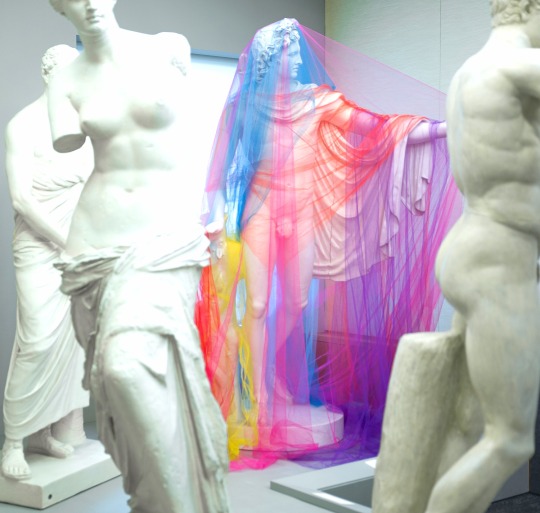
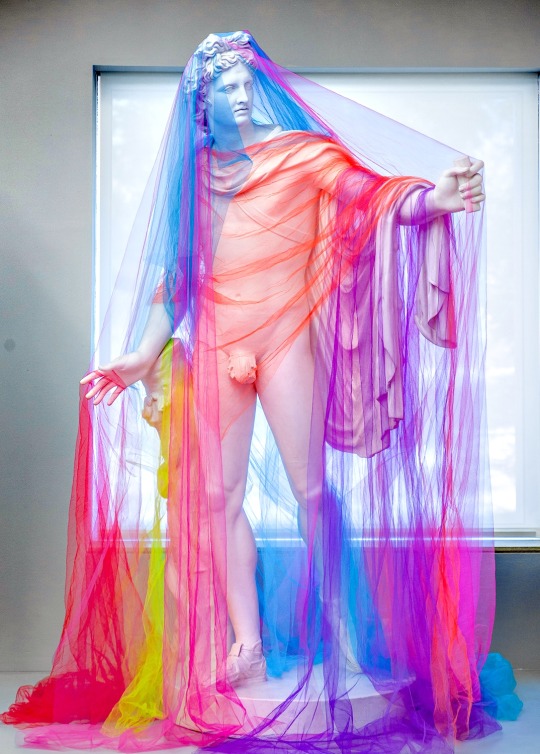
Statue of Apollo covered in tulle netting
A copy of the Greek bronze original by Leochares (330 BCE)
Blanton Museum of Art
56K notes
·
View notes
Photo

Temeluchus
Just is the judgment of God, and there is no respect of persons with God, for whoever has done his mercy he will have mercy on him, and who has not had mercy, neither will God have mercy on him. Let him therefore be delivered to the angel Temeluchus that is set over the torments, and let him cast him into the outer darkness where is weeping and gnashing of teeth, and let him be there until the great day of judgment.
31 notes
·
View notes
Photo
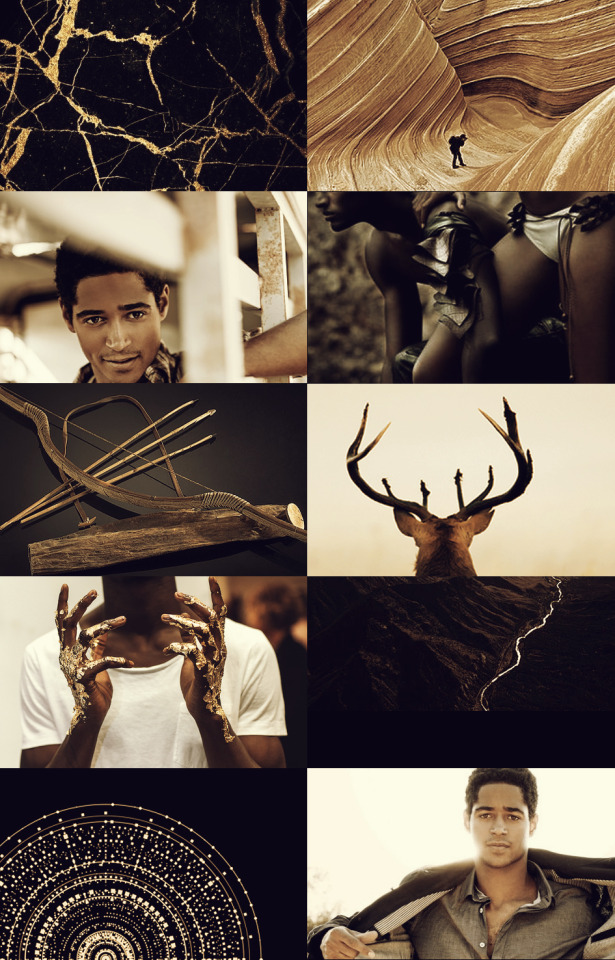
G O D S . A N D . G O D D E S S E S
west african pantheon; oshosi the god of hunt and justice
“He dwells in the woods and is a great hunter and warrior. According to a sacred story, when Oshosi lived on earth as a human, he was given a special task by Eleguá: he needed to hunt and trap a rare bird that Orula wanted to give to Olofi as a gift. Oshosi found the bird easily and put it in a cage, he then left to tell Orula that he had the bird.
While Olofi was out, his mother came home and found the bird in the cage. Upon his return, he found the body and knew not who had killed the bird. Alas, he found another and offered it to Olofi, who was so impressed he made Oshosi an Oricha and asked him if there was anything else he wanted. The hunter replied, yes, he wanted to shoot an arrow into the air and have it pierce the heart of the person who killed the other bird. His wish was granted. Oshosi released the arrow, and it struck his mother’s heart.
m o r e . a e s t h e t i c s
for my dearest @the-swivel-of-dejection
1K notes
·
View notes
Text
So you want to read… Medieval Riddles
Interesting……… I detect a huge nerd in our midst……..
Where do I start?
If there’s one thing that the medieval scholar loved, it was a good riddle. Or a bad riddle. Any riddle, really. Answers optional.
There are medieval riddle traditions in a huge range of languages, the most widely read being Latin and Old English. A huge number of riddles are available from The Riddle Ages, as well as a range of debate and discussion around the topic. It’s a great place to learn about medieval riddles and riddle exchanges!
Translations, Editions, and other Originals
There are innumerate riddle collections, but I’d recommend Aldhelm to follow The Riddle Ages.
Theory and Analysis
An excellent book on medieval riddles is Riddles at Work in the Early Medieval Tradition by Megan Cavell and Jennifer Neville. I’d also really recommend Murphy’s Unravelling the Exeter Riddles and Lauand’s The Role of Riddles in Medieval Education.
If you do read Aldhelm, you could follow it up with Aldhelm’s Enigmata and Byzantine Riddles as a branching point to step into a broader context.
Modern Interpretations
Medieval riddles are seldom seen in pop culture outside of The Hobbit, but I have heard positive things about this book of runelore which highlights the riddlic nature of a historical rune poem.
5 notes
·
View notes
Photo
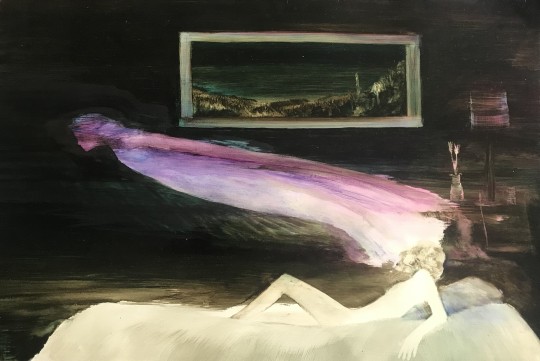
John Walsh — He Manuhiri, She came with pearls and took Innocence (oil on fortified paper, 2019)
6K notes
·
View notes
Photo

Bake-Kujira (Ghost Whale)
This mythical Japanese apparition (yokai) is a large ghostly skeleton of a whale. It is said that it appears alongside strange birds and fish. Its believed that the Bake-Kujira brings a curse and general misfortune to the area where it is spotted.
4K notes
·
View notes
Photo
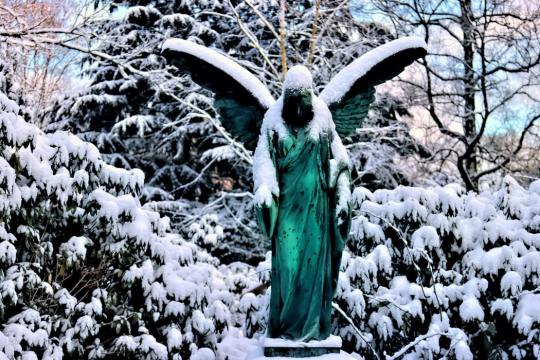
Psychopomps
The psychopomp is not to be feared. They do not harm, simply guide the deceased on from the moment of death to whatever comes next.
Some may be humanoid in shape. There are often gods or messengers—Hermes, in Ancient Greece; Azrael, in some modern Islam; the Valkyries, to the Vikings; some even consider the Celtic banshee or cyhyraeth to act as a psychopomp as well as an omen.
Another popular guise for the psychopomp is a dog or other canine. In Aztec mythology, the god of dogs occasionally guided the most important of the dead, and it is after his model that dogs became psychopomps. In parts of Europe, a dog howling at night was said to mean someone was about to die, or a person might be carried into the next word by Annwn’s hounds. In Ancient Egypt, the jackal-god Anubis brought the dead to face judgement. Norse and AS poetry often depicts the beasts of battle as psychopomps—ravens and crows, wolves, and other scavengers.
The most famous psychopomp of all is, of course, the Grim Reaper, the hooded skeleton with his long scythe. Modern versions are popularly believed to originate with l’Ankou from Breton mythology, but similar figures appear in cultures all over the world, from India and the Levant to the Baltics and Latin America.
#deep dive#q#Psychopomp#psychopomps#greek mythology#islamic mythology#norse mythology#aztec mythology#celtic mythology#egyptian mythology#grim reaper#ankou#breton mythology#death#death mythology
4 notes
·
View notes
Photo

Frog sculptures (Templo Mayor, Tenochtitlan).
At the base of Tlaloc’s temple is a small altar with a pair of frog sculptures. Tlaloc is the Aztec god of water and rain, and frogs are associated with him, as the Aztecs believed that their croaking heralded the coming of the rainy season.
2K notes
·
View notes
Photo
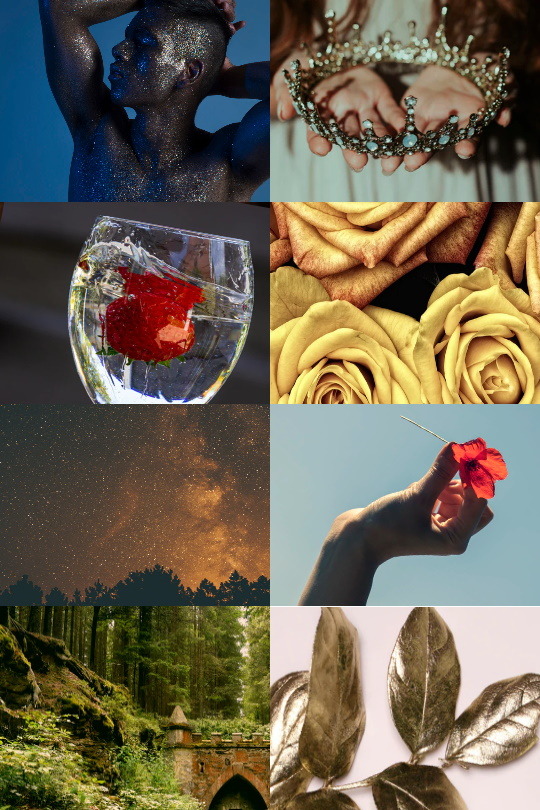
Oberon
Hence Oberon him sport to make,
Their rest when weary mortals take,
And none but only fairies wake,
Descendeth for his pleasure ;
#oberon#mythology#fairies#renaissance#european#medieval folklore#renaissance literature#mythedit#q#edit#aesthetic
62 notes
·
View notes